How to Select Quick and Easy Fittings for Your Plumbing Projects
In the ever-evolving plumbing industry, the selection of the right components can significantly impact the efficiency and effectiveness of any project. With increasing demands for faster installation times, the trend towards "Quick and Easy Fittings" is on the rise. According to a recent report by the Plumbing Manufacturers International (PMI), more than 70% of plumbing contractors cite ease of installation as a top priority when choosing fittings for residential and commercial projects. These fittings not only streamline the installation process but also reduce labor costs and minimize delays. The significance of these products is further underscored by the projected growth of the plumbing sector, expected to reach a value of $142 billion by 2024, highlighting the need for innovative solutions like "Quick and Easy Fittings" that cater to the industry's evolving demands.
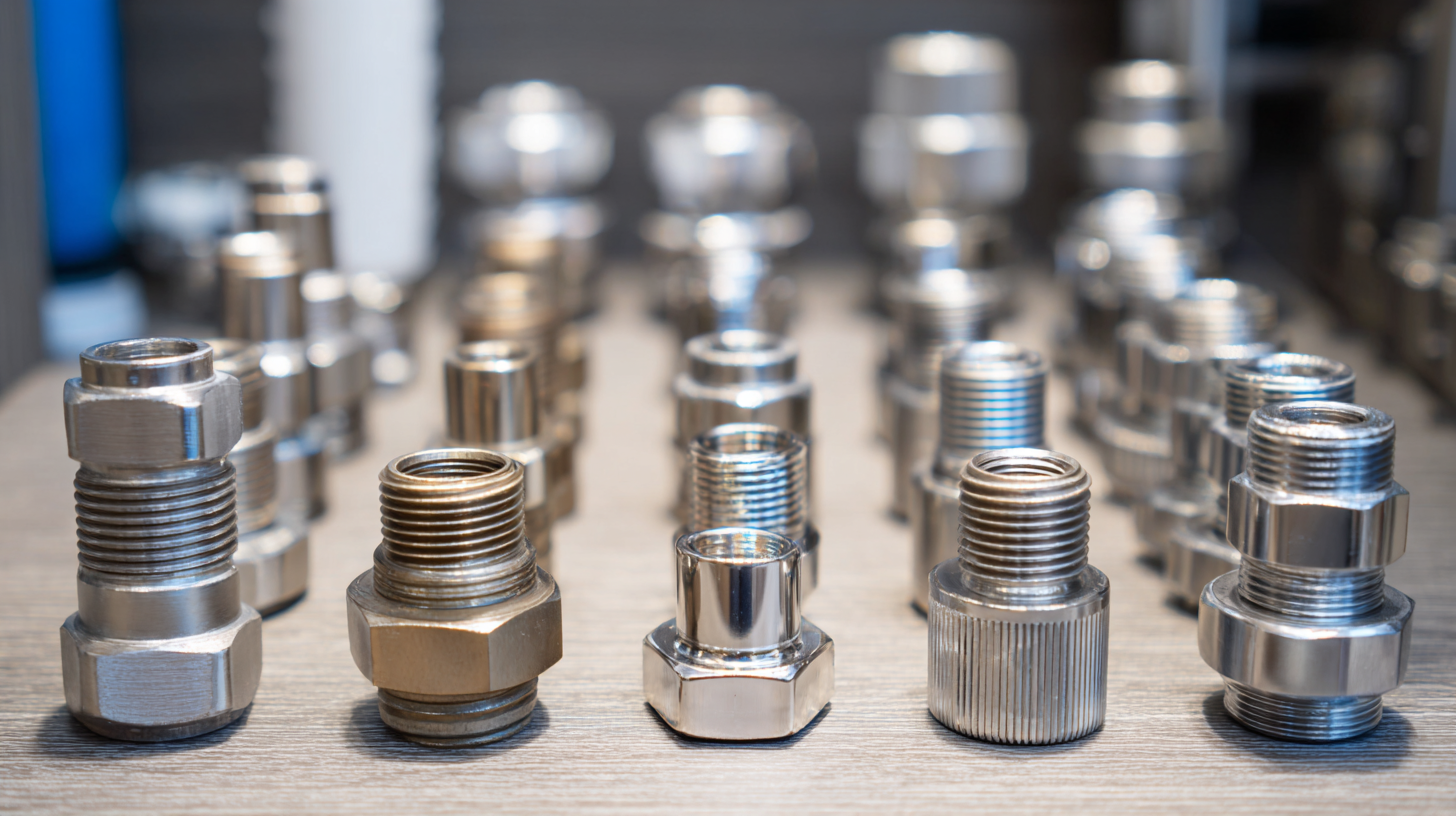
Understanding Different Types of Plumbing Fittings for Quick Selection
When embarking on plumbing projects, selecting the right fittings is crucial for ensuring a reliable and efficient system. Understanding the various types of plumbing fittings—such as elbows, tees, couplings, and reducers—allows professionals and DIY enthusiasts alike to make quick and informed decisions. According to a report by the Plumbing Manufacturers International (PMI), over 70% of plumbing failures are attributed to improper fitting selection and installation, emphasizing the importance of familiarity with each type.
Elbows, often used to change the direction of a pipe, come in 45-degree and 90-degree angles, depending on the requirements of the plumbing layout. Tees enable the branching of plumbing lines, facilitating connections between multiple pipes, while couplings serve as connectors between two pipe segments. The use of PVC and CPVC fittings has surged significantly, with industry reports indicating a market growth of over 5% annually, driven by their durability and ease of installation. Recognizing these distinctions helps in selecting quick and easy fittings that meet the specific needs of a project, ultimately reducing time and labor costs.
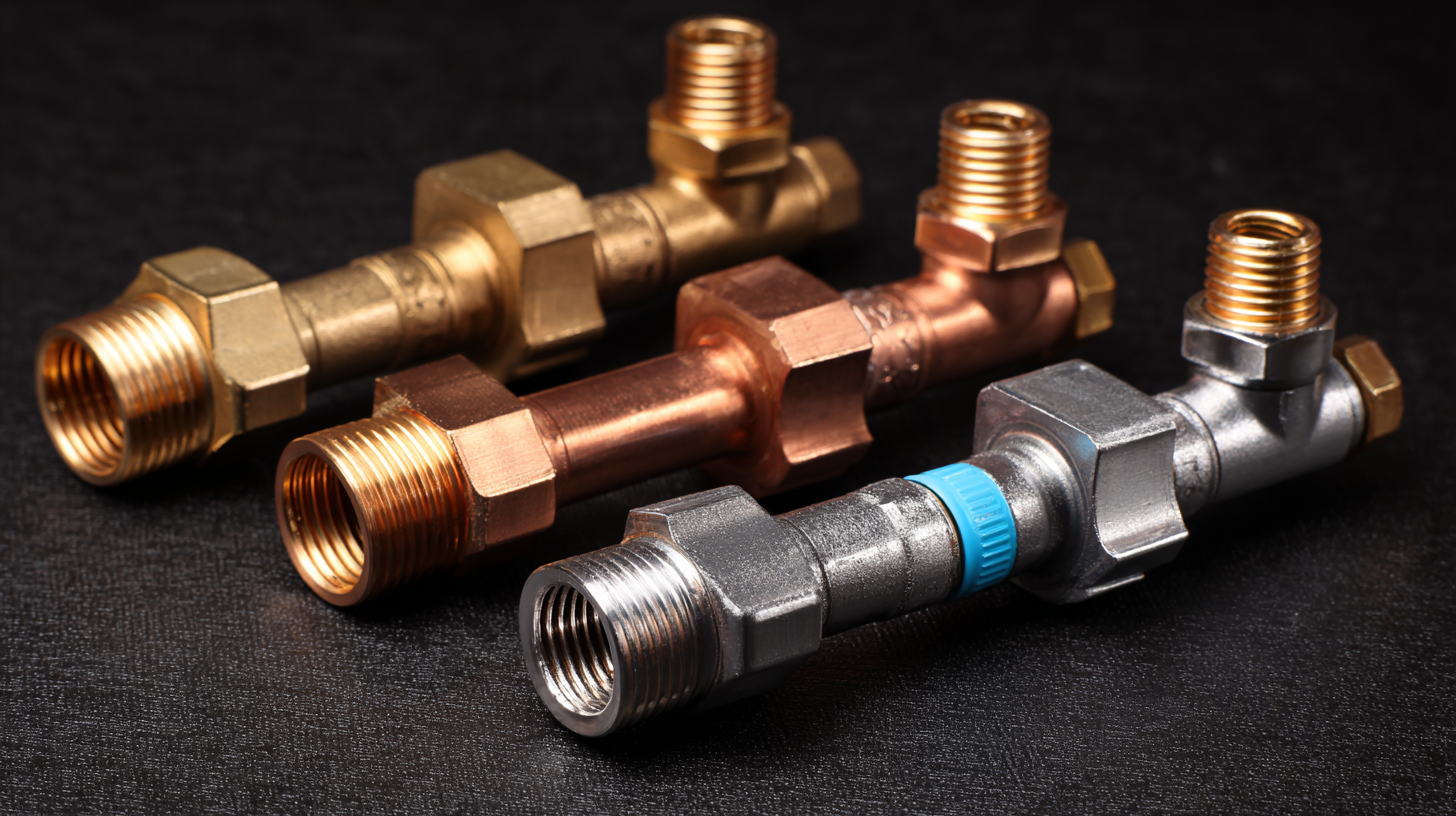
Evaluating Material Durability and Cost-Effectiveness in Fitting Choices
When selecting fittings for plumbing projects, evaluating material durability and cost-effectiveness is imperative. According to a report by The Plumbing and Heating Contractors Association (PHCA), the lifespan of various plumbing materials can greatly impact long-term costs. For instance, copper fittings, while initially more expensive, can last over 50 years due to their resistance to corrosion, making them a wise long-term investment despite higher upfront costs. In contrast, PVC fittings, known for their affordability and ease of installation, typically last between 25 to 40 years, showing that while they are cheaper, they may not always be the most economical choice over time.
Moreover, recent industry analyses reveal that choosing the right fitting material can lead to significant savings. A study published by the International Association of Plumbing and Mechanical Officials (IAPMO) indicated that the total cost savings from using durable materials can exceed 20% over a plumbing system's lifetime. Factors such as maintenance needs, replacement frequency, and operational efficiency should be considered when making choices. Ultimately, balancing durability with cost-effectiveness ensures not only a sound investment but also a reliable plumbing system that minimizes future hassles and expenses.
How to Select Quick and Easy Fittings for Your Plumbing Projects
| Fitting Type | Material | Durability (Years) | Cost per Unit ($) | Installation Difficulty |
|---|---|---|---|---|
| Elbow | PVC | 20 | 0.50 | Easy |
| Tee | Copper | 50 | 2.00 | Moderate |
| Coupling | Brass | 30 | 1.50 | Easy |
| Union | Stainless Steel | 40 | 5.00 | Difficult |
| Reducer | PPR | 25 | 1.00 | Moderate |
Identifying Common Size Standards for Easy Fitting Compatibility
When embarking on plumbing projects, selecting the right fittings can significantly streamline your work. One of the key aspects to consider is understanding common size standards. Most plumbing systems adhere to standard measurement units, such as inches or millimeters, which help in achieving compatibility across various fittings and pipes. Common sizes include 1/2 inch, 3/4 inch, and 1 inch, which are used widely in residential plumbing. By knowing these dimensions, you can easily pair different fittings without the hassle of measuring and testing various components.
Tips: Always keep a conversion chart handy. This resource can help you swiftly switch between metric and imperial measurements, ensuring that you don’t face compatibility issues while sourcing fittings.
Additionally, consider the material of the fittings. Common options include PVC, copper, and brass, each suitable for different applications. For instance, PVC is great for drainage systems, while copper is popularly used for water supply lines due to its durability.
Tips: Before purchasing fittings, evaluate the specific needs of your project, including pressure ratings and environmental factors, to make informed decisions that enhance the longevity of your plumbing work.
Utilizing Online Resources and Tools for Efficient Fitting Selection
Selecting the right fittings for your plumbing projects can often feel overwhelming, but utilizing online resources and tools can streamline the process significantly. Many websites offer detailed catalogs of fittings, complete with specifications, compatibility information, and customer reviews. By leveraging these platforms, you can quickly compare different options and find the best fit for your specific needs.
**Tip:** Always check the sizing charts provided on these sites to ensure you select the correct fittings. Additionally, many online retailers offer visualization tools that allow you to see how different fittings will look in your plumbing system. This can help you avoid costly mistakes and ensure a more cohesive and functional installation.
Another valuable resource is plumbing forums and discussion boards. Engaging with other DIY enthusiasts and professionals can provide insight into common pitfalls and effective solutions. These communities often share their experiences with various fittings, which can guide you in making informed decisions.
**Tip:** Don’t hesitate to ask questions or seek recommendations on these platforms. The knowledge shared by others can save you time and enhance the quality of your plumbing projects.
Plumbing Fittings Selection by Type
This bar chart illustrates the selection of various plumbing fittings commonly used in projects, showcasing the percentage of each type based on a survey of DIY enthusiasts and professionals.
Assessing Long-Term Performance and Maintenance Needs of Plumbing Fittings
When selecting plumbing fittings for small block projects, it's crucial to consider their long-term performance and maintenance needs. The choice of fittings greatly impacts not only the immediate functionality but also the durability and safety of the plumbing system. Fittings that are easy to install and maintain can significantly reduce the likelihood of leaks and other issues over time. Evaluating materials, compatibility with existing pipes, and ease of access for future repairs can go a long way in ensuring that your plumbing infrastructure remains reliable.
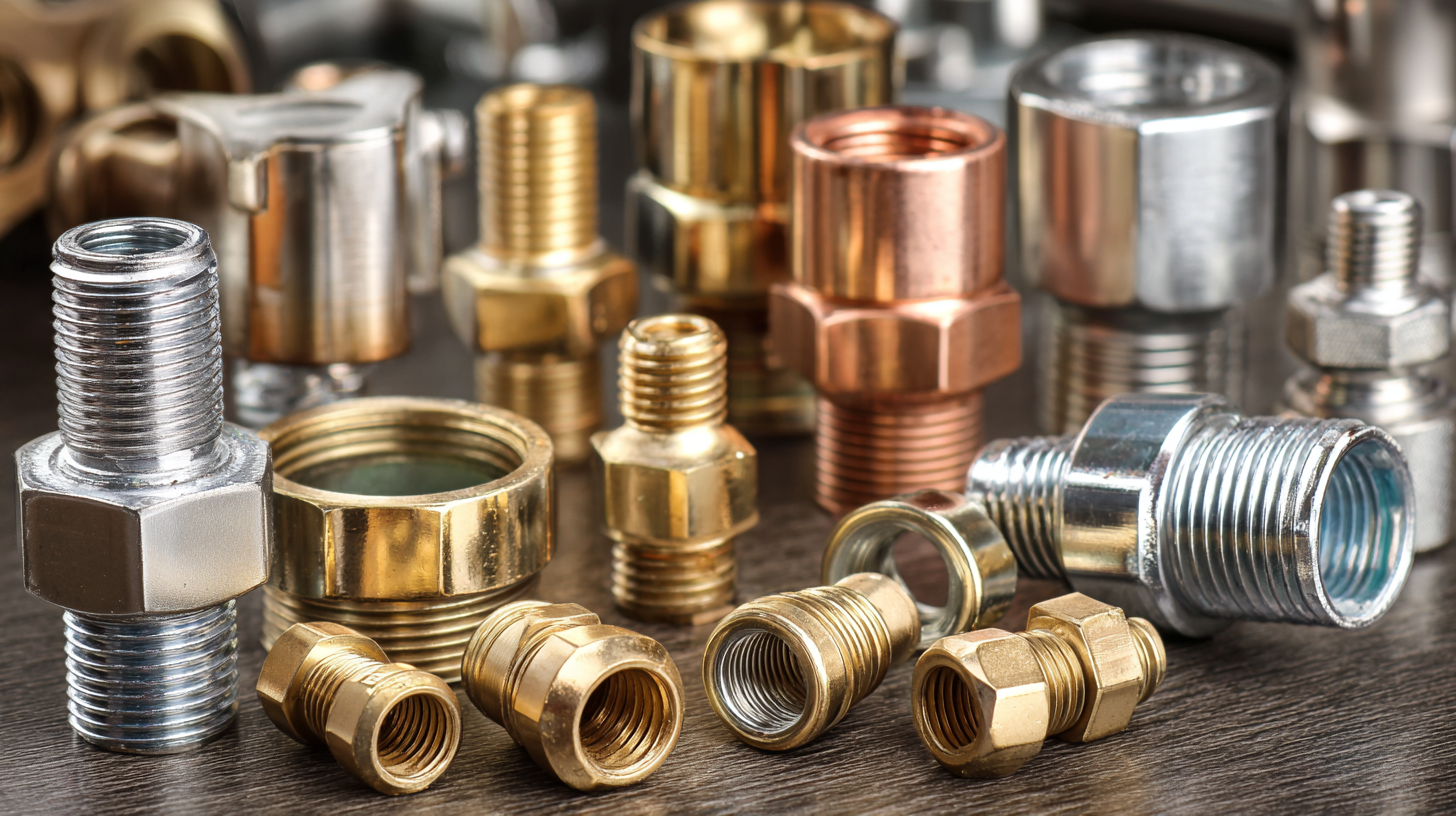
In the context of fire safety in small blocks, incorporating smart infrastructure becomes essential. The use of advanced technologies, such as acoustic testing, can help detect potential issues early on. This proactive approach allows for timely interventions, which are vital in maintaining both the safety of residents and the integrity of the plumbing system. By analyzing the performance of specific fittings and implementing innovative repair techniques, projects like those seen in Juneau not only prevent potential hazards but also lead to significant successes in urban infrastructure management.
Related Posts
-

5 Essential Tips for Choosing Quick And Easy Fittings for Your Projects
-

Discover Innovative Examples of Quick And Easy Fittings Solutions
-
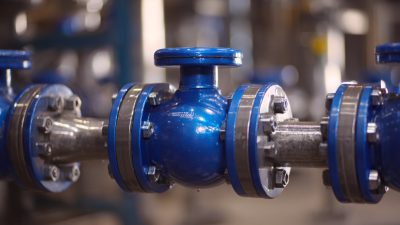
How to Choose the Right Ball Valve for Your Industrial Applications
-

Ensuring Excellence in Manufacturing Standards for Best Ppsu Pex Fittings
-
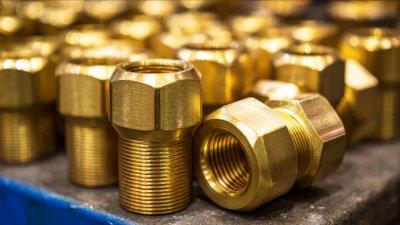
7 Essential Tips for Sourcing High-Quality Brass Elbows in Today's Global Market
-

The Future of Innovation in Ball Valve Technology
